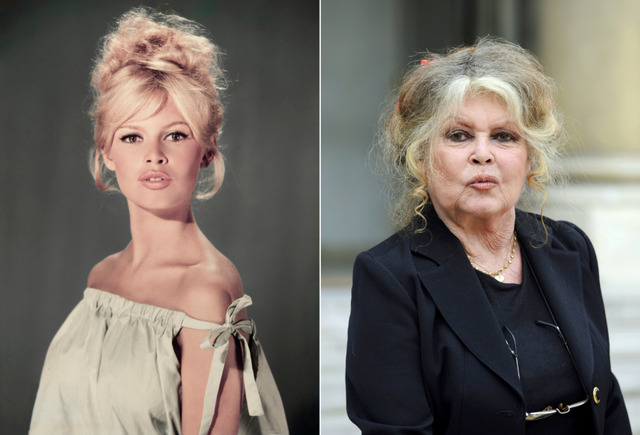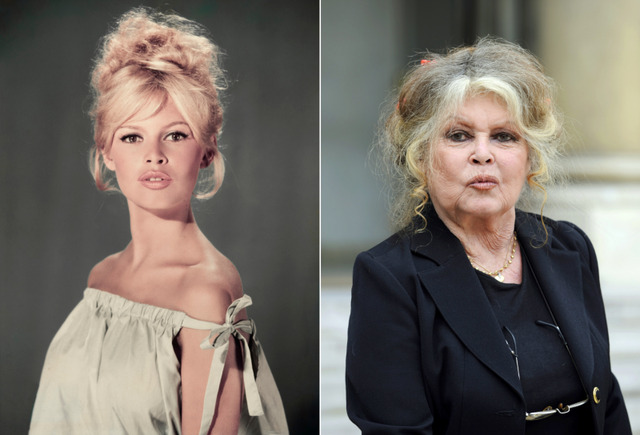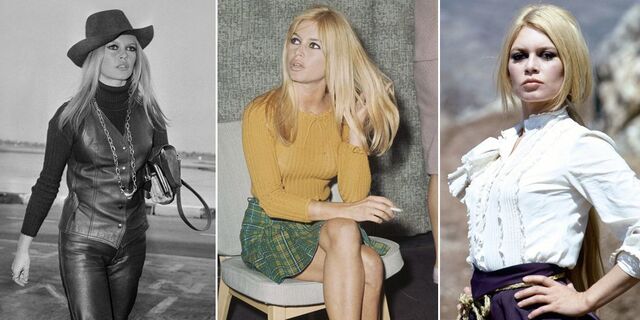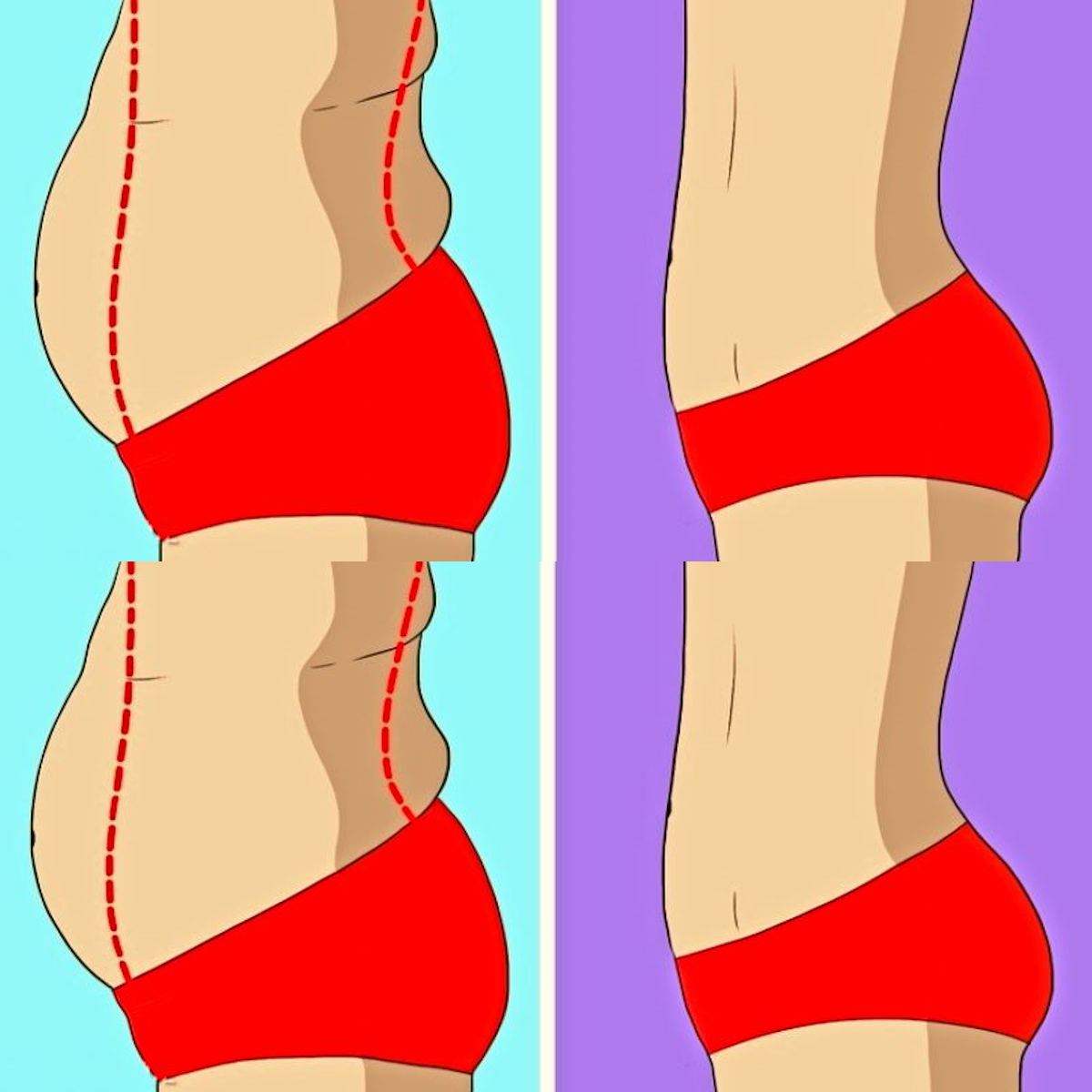
Few individuals have left as profound a mark on the cultural landscape as Brigitte Bardot. With her captivating beauty, unparalleled talent, and fearless authenticity, Bardot became an international symbol of freedom and sensuality during the 1950s and 1960s. Her influence, however, extended far beyond the silver screen. From her rise as a cinematic icon to her enduring work in animal welfare, Bardot’s journey is a story of reinvention, passion, and resilience.
Early Life and Entry into Fame
Born on September 28, 1934, in Paris, France, Brigitte Anne-Marie Bardot grew up in an affluent household. Her parents emphasized discipline and encouraged her artistic pursuits, leading her to study ballet at the prestigious National Superior Conservatory of Paris for Music and Dance. This training laid the foundation for the grace that would later define her cinematic presence.
At 15, Bardot graced the cover of Elle magazine, marking the start of her modeling career. This iconic cover caught the attention of Roger Vadim, a young screenwriter who would become her mentor and first husband. Under his guidance, Bardot made her film debut in Le Trou Normand (1952), launching a career that would soon captivate the world.

Breakthrough in Film
Bardot’s breakthrough came in 1956 with Vadim’s directorial debut, And God Created Woman. Set against the idyllic backdrop of St. Tropez, the film introduced a new kind of heroine—uninhibited, sensual, and unapologetically authentic. Her portrayal of Juliette Hardy resonated with audiences worldwide, cementing her as an international star.
This newfound fame brought both adoration and scrutiny. Bardot’s naturalistic beauty and joie de vivre challenged societal norms, but the relentless public attention also came with significant pressures.

Stardom and Challenges
Following the success of And God Created Woman, Bardot became one of Europe’s most sought-after actresses. Her performances in films like The Night Heaven Fell (1958) and Jean-Luc Godard’s Contempt (1963) demonstrated her ability to balance commercial appeal with artistic depth.
However, the pressures of fame took a toll. Bardot often spoke about the challenges of living under the spotlight. On her 26th birthday, during the filming of La Vérité (1960), she attempted suicide, highlighting the emotional toll of her career. Despite these struggles, her charisma and talent continued to captivate audiences.

Personal Life and Relationships
Bardot’s personal life was as publicized as her career. Her marriage to Roger Vadim ended in 1957, but they maintained a professional relationship. She later married actor Jacques Charrier, with whom she had her only child, Nicolas, though their marriage ended in 1962.
Her subsequent marriage to German millionaire Gunter Sachs was marked by glamour but ended after three years. In 1992, Bardot married Bernard d’Ormale, signaling a shift toward a more private life.

Recording Career
In addition to her film career, Bardot ventured into music during the 1960s. Collaborating with French musician Serge Gainsbourg, she produced hits like “Harley Davidson” and “Bonnie and Clyde.” These songs captured the era’s spirit and showcased Bardot’s versatility as an artist.
Retirement from Film
At the height of her fame, Bardot shocked the world by retiring from acting in 1973. Choosing a quieter life in St. Tropez, she stepped away from the pressures of Hollywood and Paris, underscoring her desire to live on her terms.

Passion for Animal Welfare
After retiring, Bardot devoted herself to animal rights advocacy. She founded the Foundation for the Protection of Distressed Animals and later the Brigitte Bardot Foundation for the Welfare and Protection of Animals. Her efforts led to significant legislative changes, including bans on seal fur imports and the ivory trade in Europe.
Bardot’s activism extended beyond advocacy as she used her fame and resources to fund rescue operations and campaigns against animal cruelty.
Controversies and Public Persona
In recent years, Bardot’s outspoken views on social and political issues have sparked controversy. Her comments on topics like immigration and religion have drawn criticism and legal repercussions. Despite this, Bardot remains unapologetically vocal, embodying the fearlessness that defined her career.

Cultural and Artistic Legacy
Bardot’s impact extends far beyond her films. She inspired the Marianne sculpture, a symbol of French liberty, and her chic style continues to influence fashion and pop culture. Designers and artists often reference her as a muse, celebrating her unique blend of elegance and rebellion.
Conclusion
Brigitte Bardot’s life is a portrait of complexity and courage. From her rise as a global film star to her dedication to animal welfare, she has navigated fame and controversy with authenticity. Her story is one of transformation and resilience, a testament to living boldly and remaining true to one’s principles.







